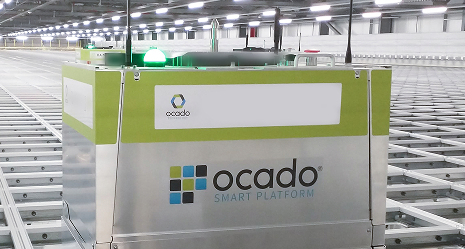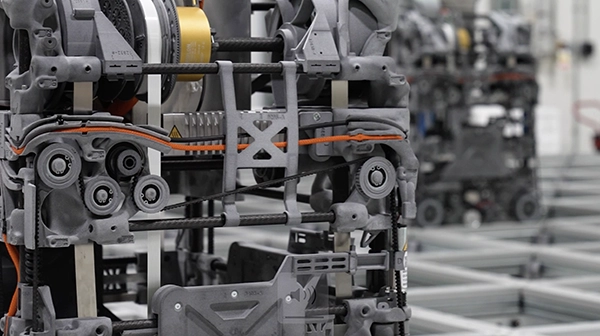Forecasting the future: using deep learning to optimise online grocery supply chains
In the high-stakes world of online grocery, precision is everything.
Predict too little demand, and you risk disappointing customers with low product availability. Predict too much, and you waste food, money, and warehouse space.
Getting it right is one of the hardest - and most important - challenges in ecommerce, and particularly so in online grocery where perishable products are involved.
At Ocado, we’ve built a demand forecasting system that meets this challenge head-on - helping retailers to keep waste low, availability high, and unlock new efficiencies across the supply chain.
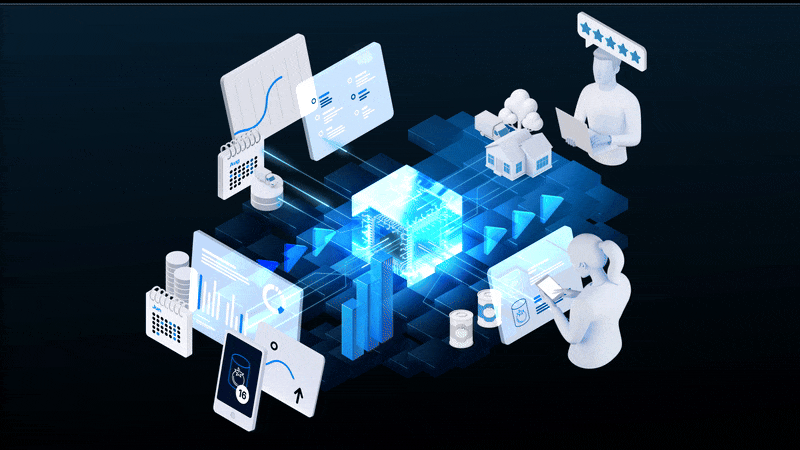
The challenge: why traditional forecasting methods aren’t enough
Retailers used to rely on spreadsheets, heuristics, and statistical models to forecast demand. These approaches worked - up to a point - but they struggle with today’s complexities:
- Huge product ranges and rapidly changing assortments
- Short shelf lives for fresh goods
- Changing customer habits, especially during extreme or unusual weather, holidays, or major events
- A varied fulfilment environment.
Worse still, legacy systems often need years of historical data to create accurate forecasts. They break down in new markets, struggle with new product launches, and require constant manual tweaking.
Online grocery needs forecasting tools that are scalable, granular, and adaptive.
The solution: deep learning with a global ‘control centre’
At the heart of our forecasting engine is a shared deep learning ‘control centre’, trained on billions of sales data points across multiple retailers, markets and regions. Each day, our platform generates over 70 million supply chain forecasts.
This “global model” architecture allows us to:
- Transfer learnings from one retailer to another - meaning new partners benefit immediately from learned insights
- Accurately predict demand without the need for long sales histories (even for brand new products)
- Continuously adapt as shopping patterns evolve.
Unlike traditional models, our neural networks don’t require manually cleaned or aggregated data. They take in:
- Static features like product type, size, and storage
- Past variables such as sales history and stockouts
- Future variables like promotions, holidays, and delivery slot availability.
These are processed by encoder-decoder networks which build a rich understanding of product behaviour over time.
Real-time, integrated, and easy to use
Our demand forecasting technology integrates forecasting with the rest of the Ocado Smart Platform - where webshop, fulfilment, supply chain and last mile are all interconnected.
This means we can offer capabilities other supply chain management systems simply can’t match, including:
- Availability-to-promise updates in seconds, triggered by real-time inventory movements
- Advanced sales forecasts – allowing partners to prioritise availability or minimise waste based on their tactical and strategic objectives
- Full visibility and control for planners – where forecasts can be manually overridden, and users can see historical accuracy, overrides, and outcomes - all in a single interface.
The impact: proven results at scale
Ocado’s deep learning forecasting isn’t just theoretical - it’s delivering results across the world:
- Upto 40% more accurate than traditional retailer systems, designed for bricks and mortar operations
- Upto 98% of stock ordered automatically with minimal manual intervention.
The road ahead: building smarter, more adaptive systems
While our current system is state-of-the-art, we’re not stopping there. Our teams are exploring:
- Human-machine feedback loops - to improve our models, support demand planners, and drive better outcomes across supply chain
- Keeping pace with evolving demand - to ensure our forecasting solution is in tune with the latest events and metrics from social trends to weather.
As we continue to evolve, our north star remains the same: helping our retail partners deliver on their promises, delight customers, and operate as efficiently - and sustainably - as possible.
Forecasting may be invisible to the end customer, but when it works, everything just clicks: the right items are in stock, fewer goods are wasted, and operations run smoothly. At Ocado, our forecasting solution turns cutting-edge AI into everyday operational excellence - and we’re just getting started.
Related content
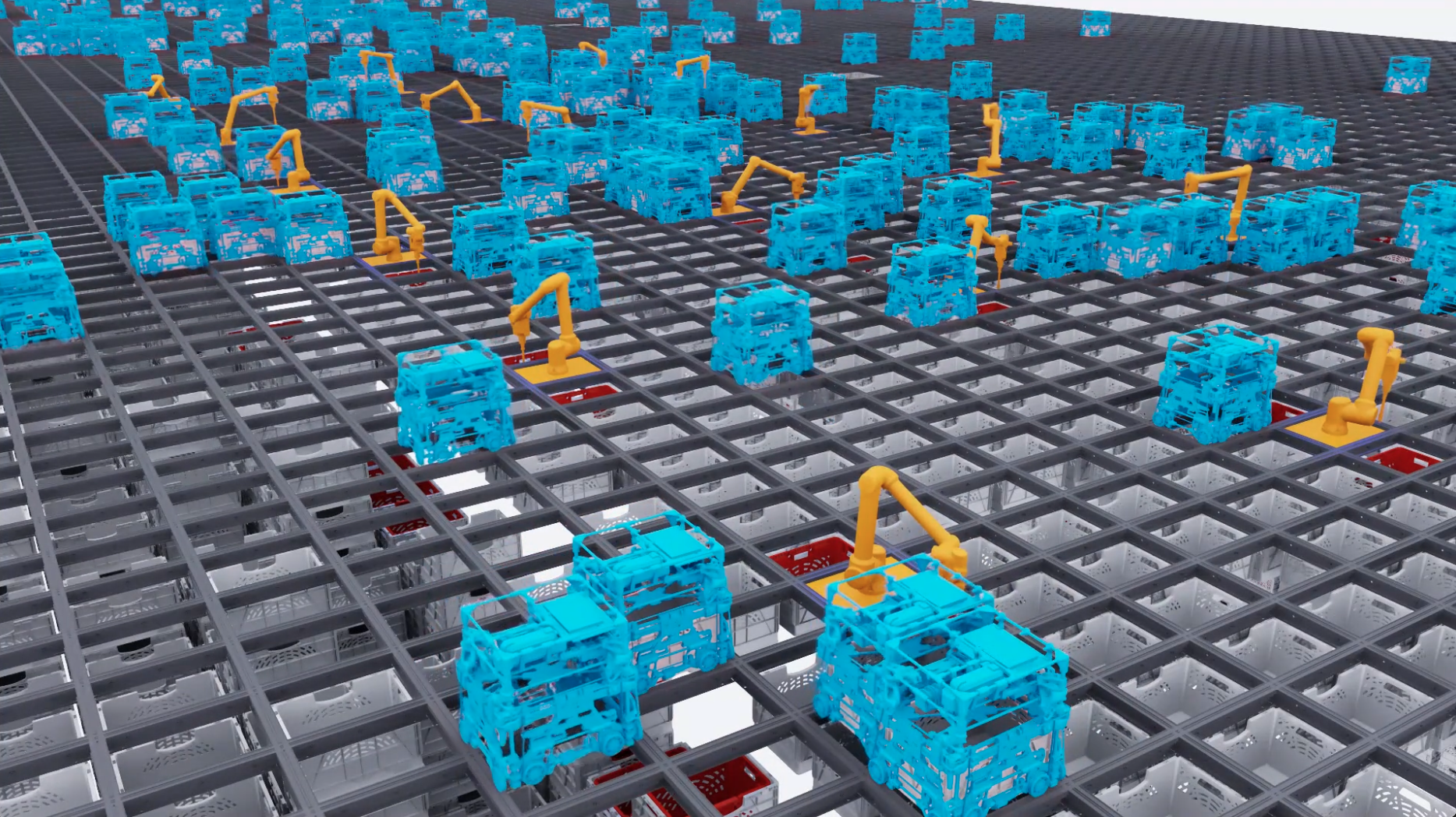
Driving efficiencies and innovation at scale
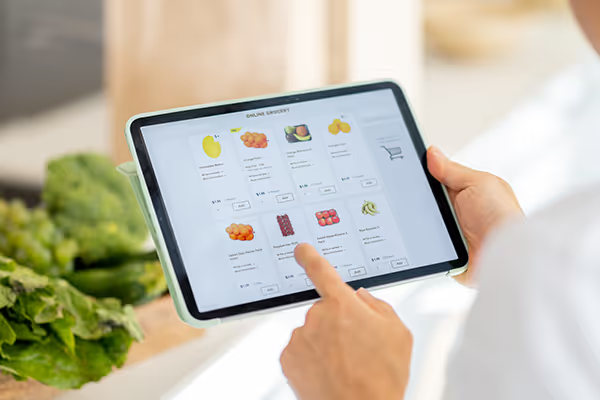
Keeping food waste low across grocery supply chains


